Fiddling with New Technology
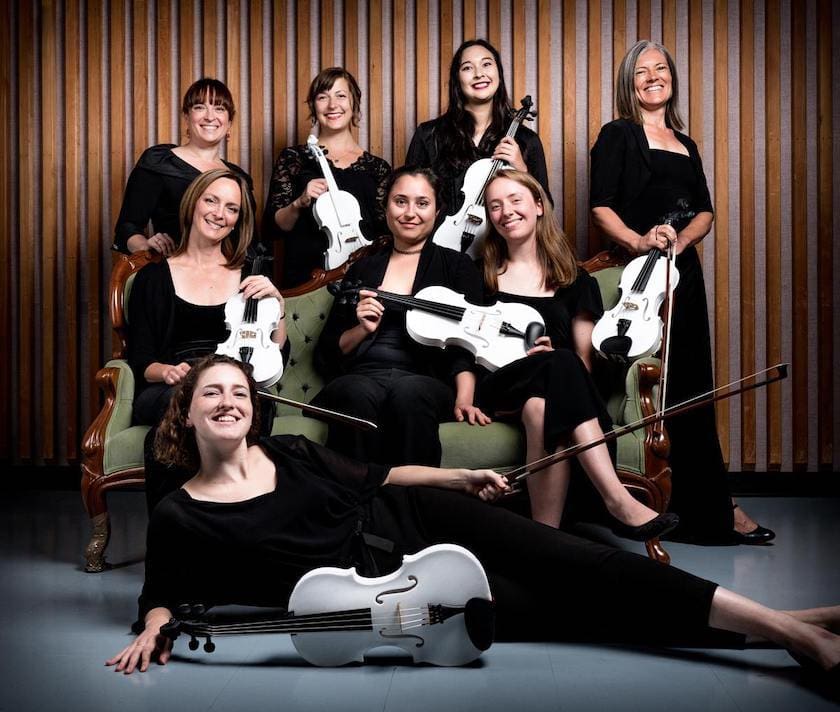
Classically trained musicians and luthiers have been skeptical about the new technologies implemented into acoustic instruments. After all, the craftsmanship has been around for centuries. It is impossible to imagine that this level of master skill can be replaced by some modeling software and a 3D printer.
That said, times are changing. In 2018, the Ottawa Symphony Orchestra (OSO) launched the 3D String Theory Project, a symphony that includes 3D printed string instruments. In November 2018, the OSO performed its first 3D strings concert.
“Sometimes as musicians we feel like we are sort of a living museum, and there is an element of that, that’s really cool, but there is so much about what we do that is related to math, that’s related to physics, and it’s wonderful to be a part of a project that builds a bridge between this living museum and this technology that is moving so far forward,” said Mary-Elizabeth Brown a violinist for the Ottawa Symphony Orchestra.
In the following, we will look at a few 3D printed violins that are tested by the professional violinists, as it is one of the most popular classical instruments that is being recreated with this technology.
F-F-Fiddle
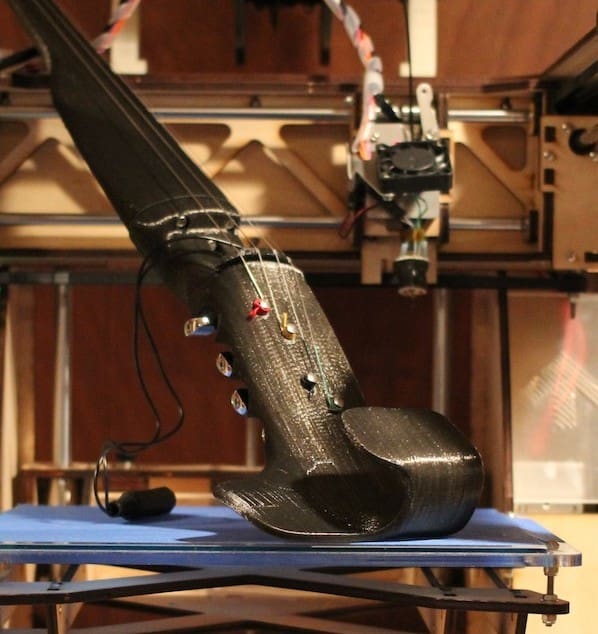
Created by Openfab PDX founder David Perry, the full-size F-F-Fiddle is supposedly the first ever 3D printed electric violin. All parts of this violin can be produced using an FDM printer, and the cost of all the materials should be around $250, should you decide to create one and assemble it yourself.
Using the dimensions of a classical violin as a guide, the F-F-Fiddle was designed in Autodesk Fusion 360. Unlike most electric violins on the market, which have solid bodies, this model has a flat build surface with a semi-hollow infill, which allows the sound to resonate. The bout, neck, and bridge can be printed without other support materials, and the chin and shoulder rest positions are adjustable.
Perry has made the instrument available on Thingiverse and encourages supporters to embrace the brilliance of collaboration between science and music.
Hovalin V2.0
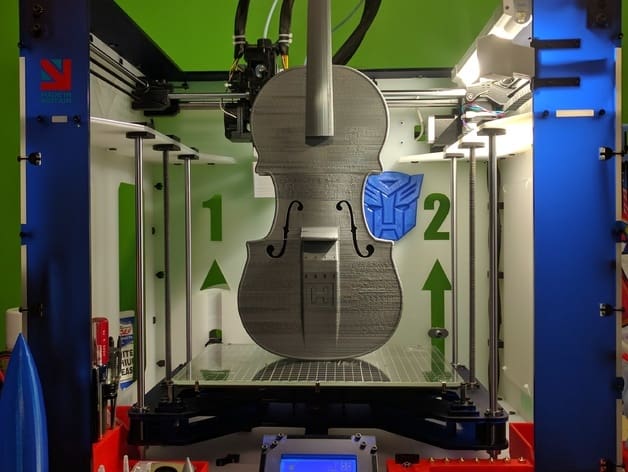
Inspired by the F-F-Fiddle, Hovalin is an acoustic violin created by Hova Labs co-founder Kaitlyn Hova. The V2.0 is the second version of the Hovalin acoustic violin and the project is continuously being upgraded, with V3.0 is already in progress. In comparison to the original model, a few components have been modified to create better sound.
Shortly after the V2.0 was introduced, Hova Lab produced the ½ and ¼ sized models, these models were presented to the school music programs. In the U.S. music program budget are being cut, with more funding are being relocated to STEM education – science, technology, engineering and mathematics, Kaitlyn hopes to take the advantage of 3D printing technology and teach students to make their own instruments.
The Fusion 360 CAD file of this violin is available on Thingiverse after months of redesigning and testing. You can also purchase one for $600 from the Hova Lab online shop.
Modular Fiddle
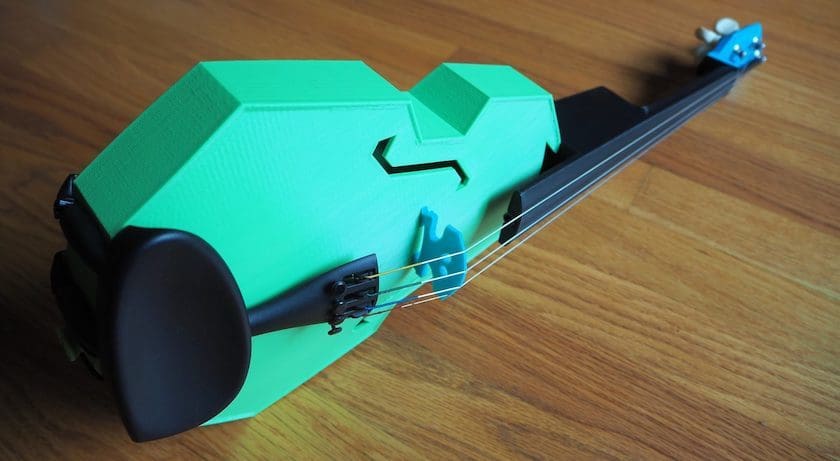
The Modular Fiddle is the second violin created by Openfab PDX. It is an acoustic violin designed to experiment with various violin concepts that are only possible with 3D printing technology. All physical parts of the violin could be altered to test the change of sound. It also makes a great casual violin, an instrument that we don’t have to protect it the way we do with a classical violin or having to worry about the quality of sound in different climate conditions. In odd situations where the violin is damaged, the parts can be easily reproduced and replaced.
According to designer David Perry, the violin bout is printed in one piece; therefore, the sound is louder and richer than the Hovalin V2.0, provides a mid-range wooden violin type of sound quality, However, the focus of this project is not to match the quality of sound to its acoustic counterpart. Instead, he is focusing on finding a new sound, a sound that is different from a classical violin.
The 4-string model CAD files are available on Openfab PDX and Thingiverse. The 5-string model’s files are available at $12.50 on Openfab PDX. If your 3D printer doesn’t have the capacity to print the bout in one piece, the kits are also available at Openfab PDX starting from $375, and a fully assembled violin is available at $650.
Formlabs 3D Acoustic Violin
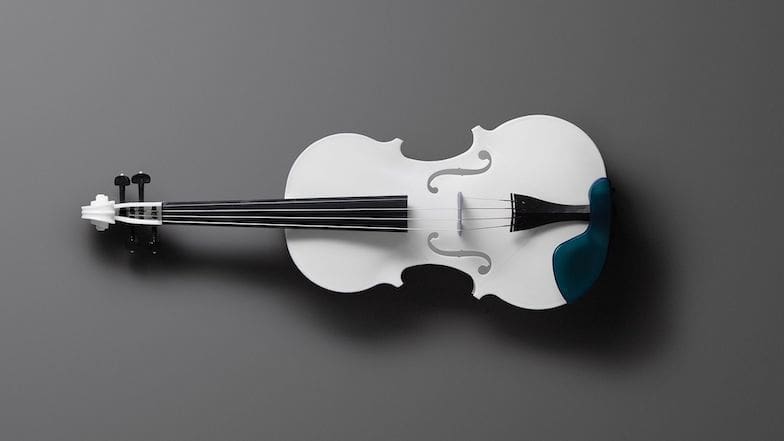
Next on our list is an acoustic violin created by Formlabs engineer Brian Chan, to celebrate the launching of their newly formulated white resin. It is printed by Formlabs’ desktop size SLA 3D printer Form 2, with black, white and tough resins.
This model aimed to resemble the authentic sound of a classical violin. In order to achieve the desired sound quality, Chan ensured that the anatomy of the 3D printed instrument has the organic shape and an internal structure of a classical violin. The soiling also has to be strong enough to resist forces from different directions, and SLA parts must be equally strong in every direction.
After testing on five prototypes, Chan is happy to present his final version of the acoustic violin. The files are available at Pinshape. Violinist Rhett Price was the first musician to test the violin, and he found it beyond compelling to be involved in this inspiring project. It also gave him new perspectives on what we can achieve with 3D printing technology.
3Dvarius Electrical Violin
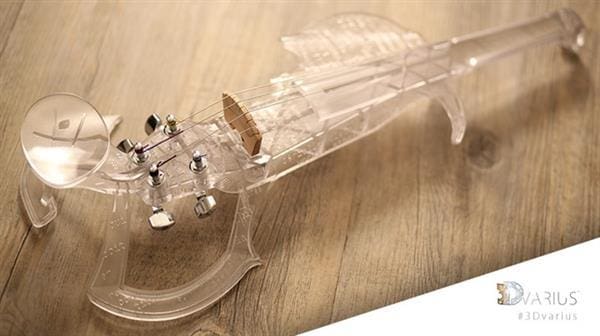
Based in France, 3Dvarius violin is a high-end, fully customizable 3D printed electrical violin. Unlike any of the violins we mentioned above, this violin is not available on any public platform. You can have one professionally made for you starting at 6,999€.
Except for the strings, bridge and pickup, the entire body and neck of this violin is printed in a single piece with an SLA printer. That’s part of what makes this model more pricey. Some of you may already know that SLA printers excel in fine details, this important aspect allows the instrument to deliver its audio range.
Since this is not an open source project, there aren’t any additional data available when compared to the other violins we have previously mentioned, but it seems to be the most professional 3D printed violin available on the market.
MONAD Studio Piezoelectric Titanium Violin

In 2015, MONAD Studio introduced the Piezoelectric Titanium violin, a futuristic-looking, 2-string piezoelectric violin. The instrument was created for part of a sonic installation project in collaboration with musician and luthier Scott F. Hall. The creators made it clear the objective of this instrument is to create a unique sound and not to measure up to its acoustic counterparts.
This instrument received mixed reviews among music enthusiasts. Some appreciated the innovative design and that it allows us to explore different musical dimensions. Others believed that this is nothing more than just a piece of art, rather than a genuine musical instrument.
https://youtu.be/1U4jjw4SOP4
The Future of Classical Music
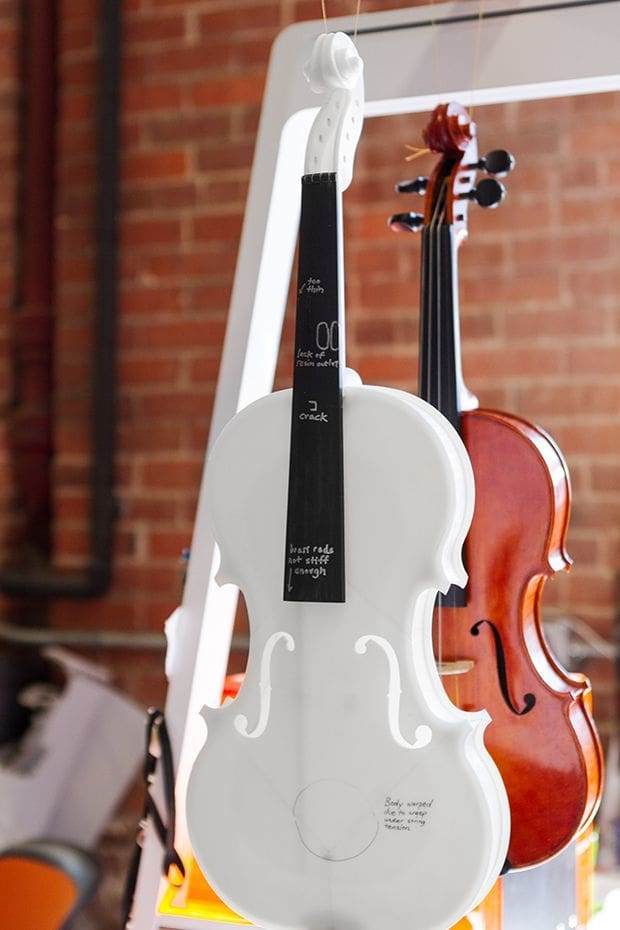
Whether you are a musician, a composer, a critic, a music lover, or just a casual listener who enjoys occasional background music, we can all appreciate the creativity of these violin makers.
Classical instruments may not evolve as quickly as other technologies, but they are slowly getting attention from innovators. With 3D printing, these instruments will be more accessible and appealing to younger generations.